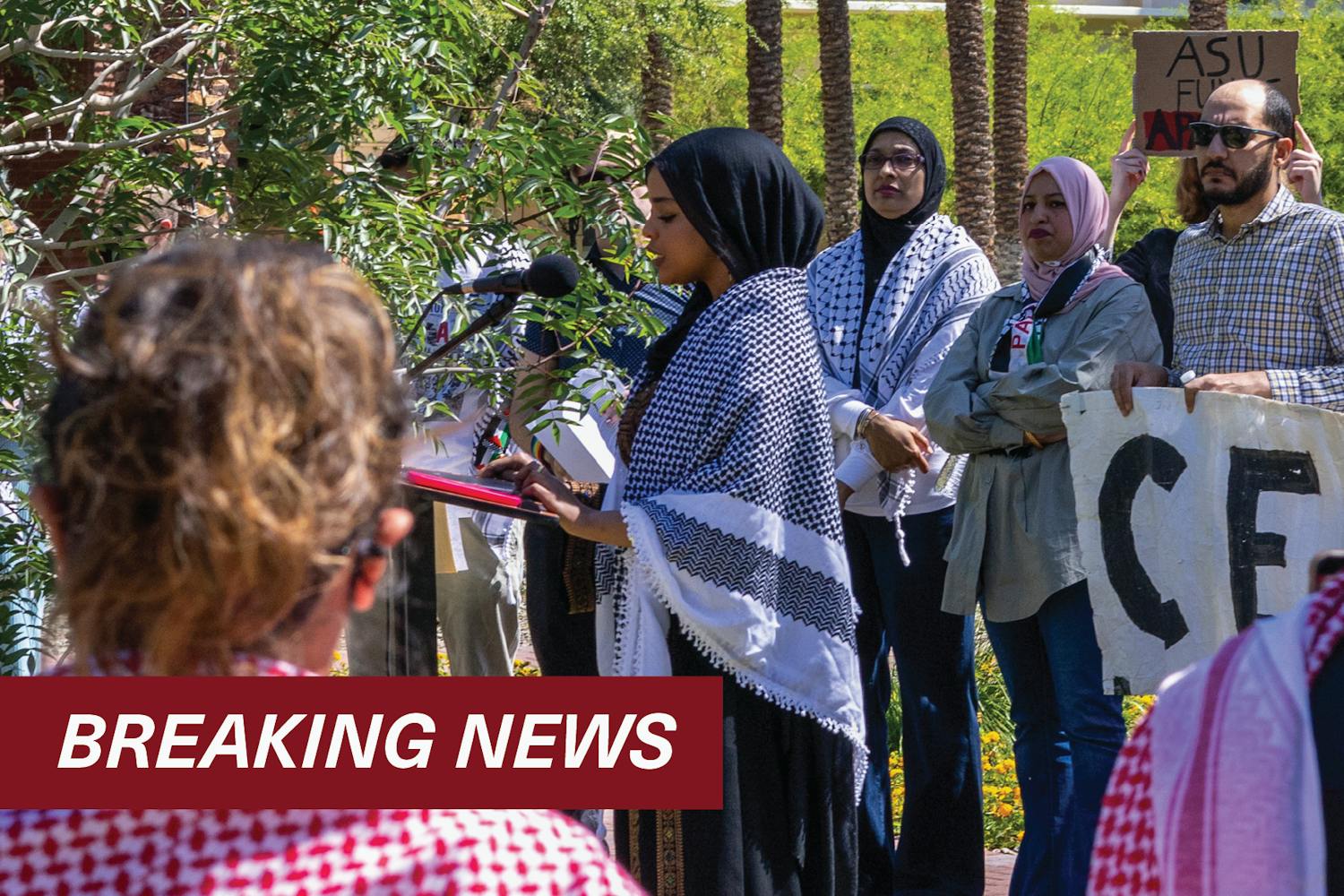In partnership with two Ghanaian students, ASU faculty and students are working to bring the production and widespread use of an alternative form of clean cooking fuel to rural African villages.
The project is an extension of a larger endeavor sponsored by GlobalResolve, a social entrepreneurship program dedicated to improving the lives of people in under-developed nations.
“Our goal is to establish lasting ventures in rural villages in the developing world,” said Brad Rogers, director of research and development of GlobalResolve. “We do that by traveling to … and meeting with people from these villages. You can’t really understand the problems they face until you sit down with these people who make less than a dollar a day and actually listen to them.”
GlobalResolve oversees several initiatives, but ASU’s ethanol gel fuel project is expanding after receiving a $5,000 grant in November.
The project was one of 32 selected to receive funding from a pool of nearly 1,000 applicants.
Currently, women in Ghana use wood and charcoal to cook indoors, leading to health problems and inefficient use of energy, finance and sustainability sophomore David Metoyer said.
Other groups have tried to introduce alternative cooking fuels, but cost has prevented them from becoming widespread, said Dan Killoren, ASU history doctoral candidate and GlobalResolve director of education and outreach.
“The people in Ghana are interested in no longer using wood because they know it’s not good for their health, but gas is expensive, so they continue to use [wood and charcoal],” Killoren said. “We’re hoping this is at a price level where it can be competitive.”
The ethanol gel is produced by fermenting corn or sugar cane. As the material ferments, carbon dioxide and alcohol are produced. The mixture is then heated, causing the alcohol to boil off.
The 95 percent alcohol product is then mixed with a gelling agent. Once the mixture solidifies, it can be burned for long periods of time, producing maximal heat with minimal fumes or smoke, Killoren said.
The gel is already in use in Ghana and is being produced locally in the village of Domeabra. Two students from Kwame Nkrumah University of Science and Technology in Ghana wanted to expand the system to other villages, which led them to apply for the grant so ASU could continue the project.
The $5,000 award is being used to expand the project and develop a business plan that will allow it to become a practical enterprise run locally, independent of the ASU team.
The business plan is being developed this semester in one of three classes that make up a three-course capstone project taught in part by GlobalResolve director Mark Henderson.
“A business plan analyzes the production process and the market potential, and then produces an economic model that predicts how much will have to be produced … to turn a profit,” said Henderson, who also teaches engineering for the College of Technology and Innovation at the Polytechnic campus. “It’s required to judge the success of the proposal and is used to get investments.”
Metoyer said the main emphasis of the plan is to gain local investors’ interest so villagers can run the project.
“The goal is to make it so they can sustain the business themselves because we don’t plan to be associated with the program for very long,” he said. “To get it started [and] then back out would be success in my mind.”
In addition to creating a business plan, the two students in Ghana who applied for the grant are working to partner with a second village interested in implementing the production and use of the gel fuel.
This requires finding an appropriate village with room to grow sugar cane specifically for production of the gel, as well as people to operate the still, Henderson said.
ASU students are also working on another portion of the project focused on improving the complementary stove design to better retain heat from the fuel.
Overall, Rogers said the project is going well and exemplifies the main objective of GlobalResolve.
“The goal is to come into the village, help improve their economy and then leave,” he said. “We feel like the gel system has demonstrated that, because we put it in Domeabra, and now we have picked it up and are attempting to replicate it in another village.”
Reach the reporter at keshoult@asu.edu



